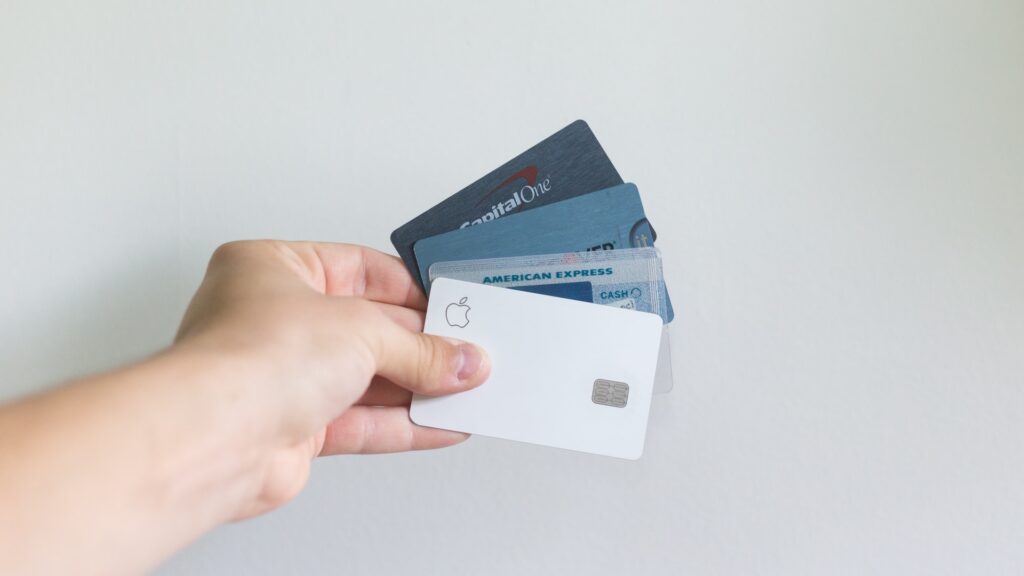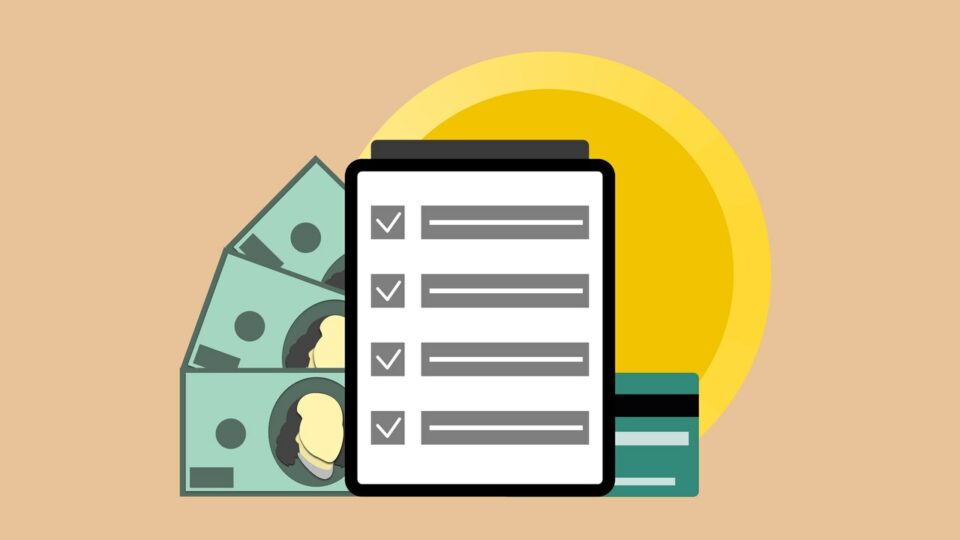The option of getting an interest-free loan isn’t available. There are low-interest loans plus interest-free introductory periods with balance transfer revolving loans or credit cards. Some traditional banking institutions allow valued clients the benefit of over-drafting without adding interest.
These comprise the billigst or cheapest ways a consumer can borrow funds from lenders. Personal or consumer loans are usually a consideration for most consumers when there’s a need for a considerable expense like home renovations, a vacation, or buying a car. Still, interest will be attached to the repayment.
If a borrower is looking for an inexpensive loan product or a smaller balance, a credit card offering 0% APR for a limited introductory period is the ideal option with the balance paid within that interest-free timeframe.
Lenders won’t offer money at zero cost usually. Interest is their “bill” for lending you funds or allowing you to use their credit aside from the principal balance you owe. Sometimes the loan provider will provide a lower interest fee based on the type of loan, the projected balance, the term, and your credit profile.
Armed with excellent criteria, you might be able to negotiate a reasonable rate, but it will depend on the lender and if you meet their specific qualifiers. How can you get the cheapest loan?
Let’s learn together.
How Can You Get The Cheapest Loan

The suggestion is that the more you borrow, the lower the interest rate charged on the personal loan. That isn’t an indication you should borrow more than you need. In fact, you should only borrow precisely what you can afford despite the desire for a cheaper loan.
The lender will factor in the type of loan you’re applying for, the amount you’re requesting, the anticipated duration, credit profile, and the overall loan application when discerning an interest rate.
The credit profile plays a significant part in determining interest since this will show the lender your potential for repaying the loan. That’s their primary focus with approval and setting the rates and conditions.
Someone with a less-than-average score and unfavorable payment history poses a significant risk and will pay higher interest.
You might also be considered for an increased rate depending on the amount you’re seeking and if you choose an extended term for repayment. That implies an affordability issue and the potential for struggling to repay.
It is critical to compare lending agencies because their criteria and methodology for determining interest rates differ.
Some lenders are more generous with lower rate guidelines; others will negotiate with clients falling in a “midline,” but many will approve even those with less than average profiles – only these will come in with the highest interest. Look at tips on how you can avoid falling in that last category.
Make improvements before applying for a loan

If you aren’t in dire need of a loan right away, it’s worthwhile to look at your credit and research what ideal scores equate to reasonable rates before you have a lender look at your profile.
When you’re informed, you’re better prepared to negotiate if you happen to fall within close proximity of what the lenders are looking for to get the lowest rates.
If you pull your score and it’s not even close, it’s worth the effort to make improvements where you can in order to raise the score. A credit counselor or financial consultant can guide you with the tools you’ll need to make the necessary changes, raise the score and perhaps establish a budget.
That will help you determine a loan balance that will fit comfortably within your new budget so you can perhaps afford a shorter term and get out of debt faster.
Look at the different types of loans

An essential aspect of borrowing a loan is not restricting yourself to a specific type. You might need to assume some of the risk associated with other variations, but if you can’t afford to take on the risk, can you genuinely afford to repay the loan at all?
A personal loan can either be secured or unsecured. Many people believe it’s in their best interest to take the unsecured option to avoid securing the funds or using personal property for collateral.
A secured personal loan will offer you the cheapest option if you can afford to make the repayment installments with no fear of default.
Lenders are more apt to give borrowers a lower interest if they are willing to secure their funds. You might want to avoid putting up your home in case something drastic happens and you suddenly can’t pay. No one wants to lose their house. Perhaps an auto, a valuable art piece, an investment, or savings.
Consider other options aside from only personal loans for funds

Suppose you need an inexpensive product but can’t get the interest rate where you need it for a personal loan and have no time to work to make the necessary improvements to have it reduced. In that case, other forms of credit besides securing a personal loan exist.
Credit cards can be obtained in either secured or unsecured options for individuals based on their credit criteria. Suppose you can get a card with an 0% introductory APR. In that case, it allows you to transfer other higher-interest debt to the card to get it paid off during that introductory period.
The only downside is these time frames are usually limited to roughly 12 months (sometimes somewhat longer), meaning the balance needs to be one that you can afford to pay rapidly before the interest goes to a standard credit card rate.
Limit your credit applications

You want to avoid making many credit inquiries within a brief span. These each come with a hard credit pull that will impact your credit profile whether the application is approved or denied.
When other lenders or credit providers see these inquiries, they’re less likely to approve you with the idea you’re more of a risk than they want to consider.
If you do a comparison shop, don’t make formal applications with the lenders. Look for lending agencies where you can prequalify. With pre-qualification, the inquiries come as soft credit pulls, making no impact on the score.
From that point, you can make a formal application with the loan provider that best matches your specific needs, and it only serves as one hard inquiry.
Final Thoughts
Borrowers won’t find a loan product with no interest attached. Interest is the fee lenders charge for borrowing funds paid on top of the principal balance. The only time interest won’t be a factor is with 0% APR credit card offers.
These no-interest periods are only for a restricted brief time frame, and then standard interest kicks in. Learn why you should be leery of zero-interest loans at Investopedia.
That doesn’t mean a borrower can’t get a “cheaper” loan or credit card, but many variables play into whether a creditor or lender will offer such a product. Still, they are out there if you’re willing to do the necessary legwork and extensive search to find one. Saving money is always worth the effort.
